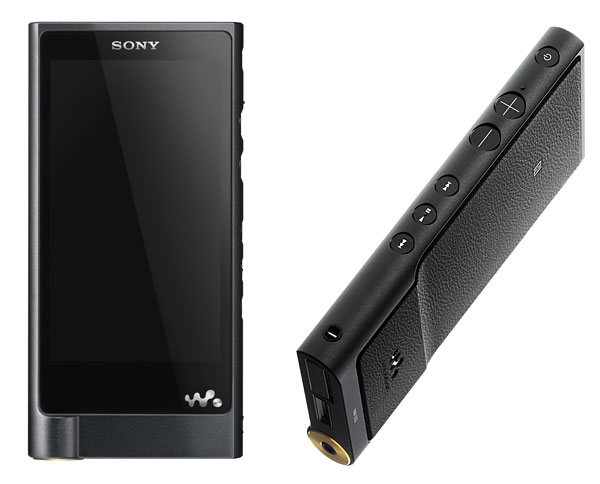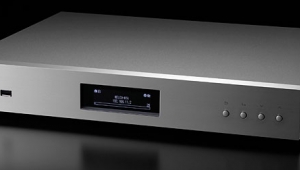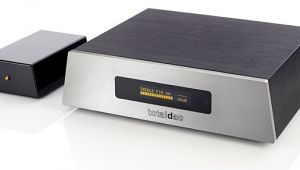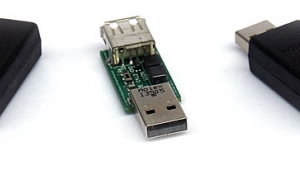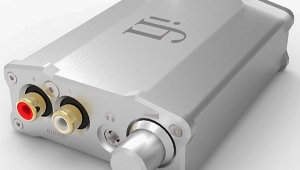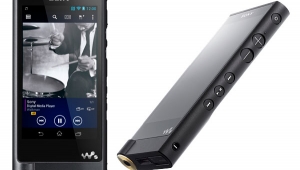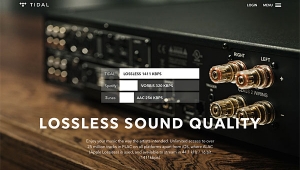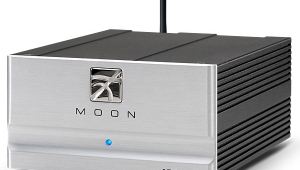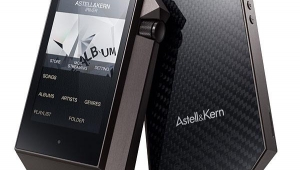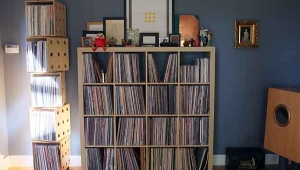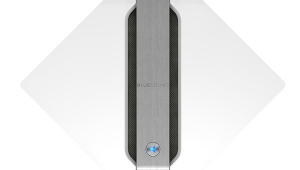| Columns Retired Columns & Blogs |
Michael
Being able to download Apps presumably means you can also download music within the Tidal App for offline listening? If so that gives it a distinct advantage over the Pono et al
I have a small Android tablet in the car and have given up transferring music onto it, it's easier just to download it from Tidal.
(For Tidal read whichever streaming service you use that has offline downloads)
Rgds, Phil
